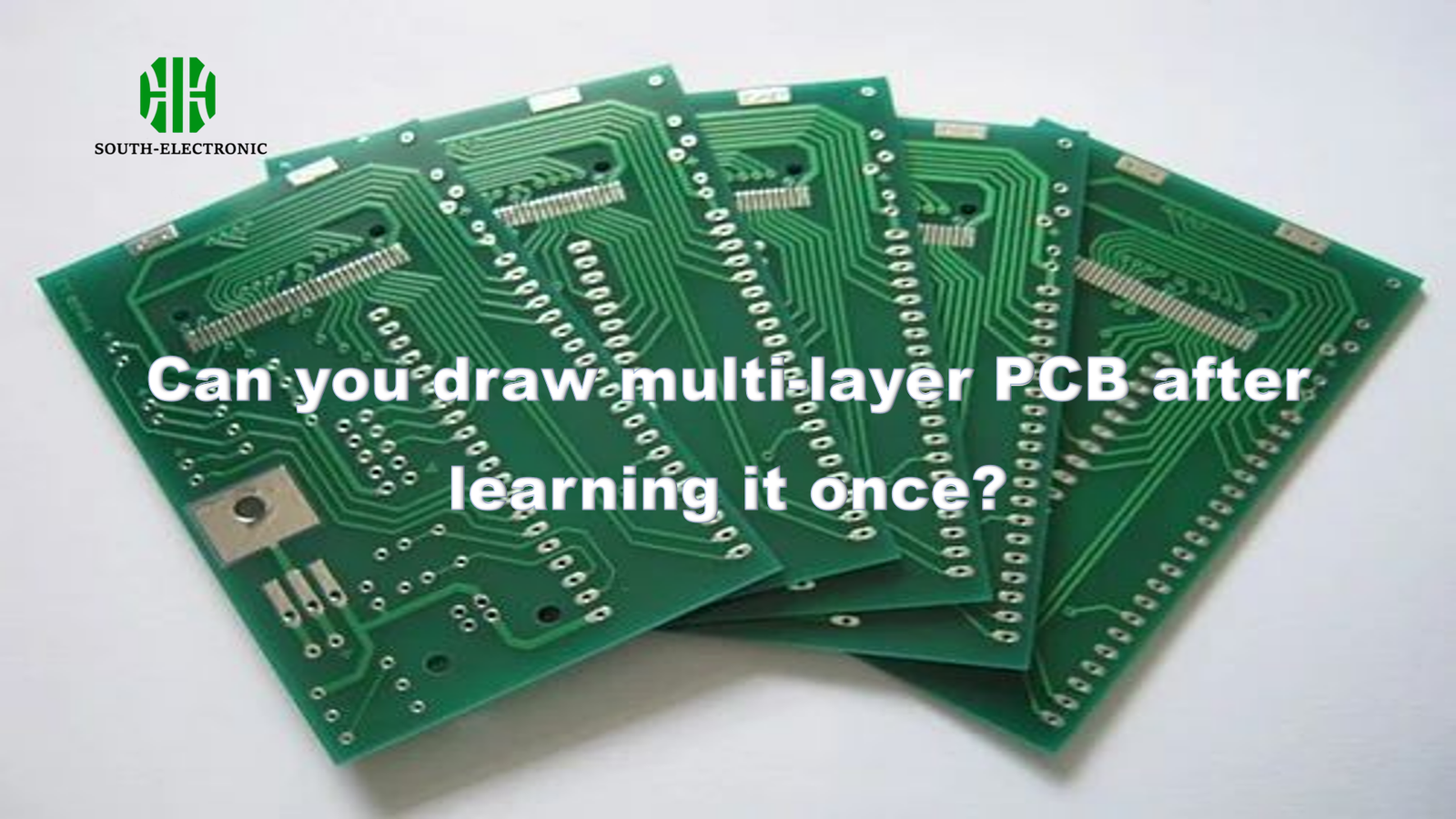When you are worried about whether you can learn multi-layer PCB design in one go, this article will not talk about the empty "learning steps", but analyze the underlying framework of multi-layer PCB design from 0 to 1, revealing the key technical points and practical paths behind "learning in one go".
PCB modular layout ideas
Faced with the increasingly integrated hardware platform and increasingly complex electronic products, PCB layout should have a modular mindset, requiring modular and structured design methods to be used in both hardware schematic design and PCB wiring.
As a hardware engineer, on the premise of understanding the overall system architecture, you should first consciously integrate modular design ideas in the schematic and PCB wiring design, and plan the basic ideas for PCB layout in combination with the actual situation of the PCB, as shown in the figure below.

Placement of fixed components
The placement of fixed components is similar to the placement of fixed holes, and it also requires precise placement.
This is mainly based on the design structure. The silk screen of the component and the silk screen of the structure are centered and overlapped, as shown in the figure below. After the fixed components on the board are placed, the signal flow of the entire board can be sorted out according to the principle of flying wire proximity and signal priority.
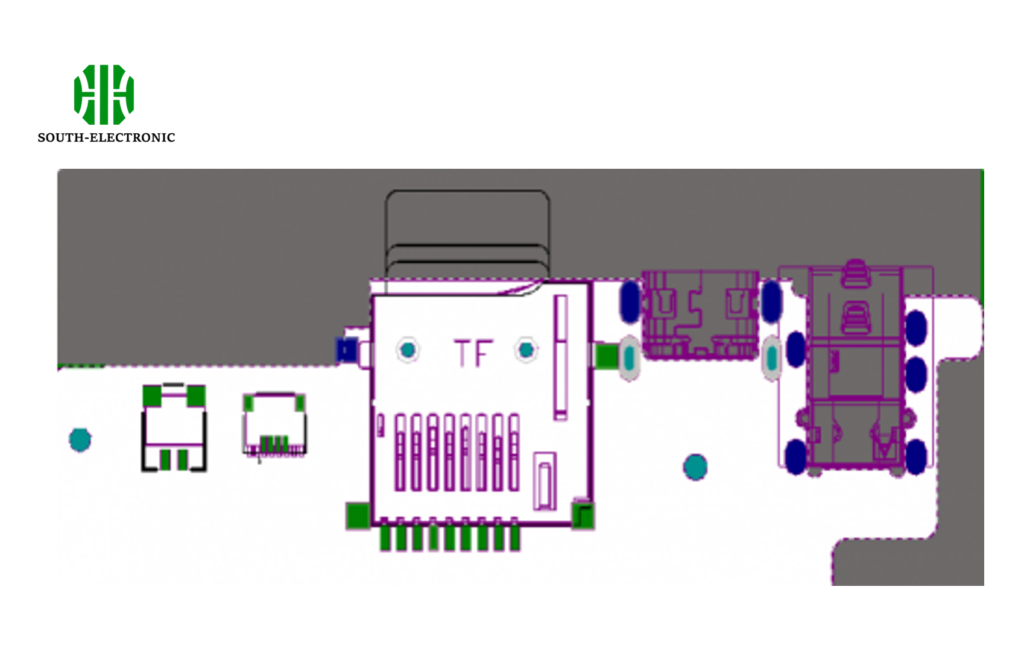
Interaction settings between schematics and PCB
In order to facilitate the search of components, it is necessary to match the schematics with the PCB so that the two can be mapped to each other, which is referred to as interaction. Interactive layout can be used to locate components relatively quickly, thereby shortening the design time and improving work efficiency.
-
In order to achieve interaction between schematics and PCB, it is necessary to execute the menu command "Tools-Cross Selection Mode" in both the schematic editing interface and the PCB design interaction interface to activate the cross selection mode.
-
As shown in the figure, after selecting a component on the schematic, the corresponding component on the PCB will be selected synchronously; conversely, after selecting a component on the PCB, the corresponding component on the schematic will also be selected.
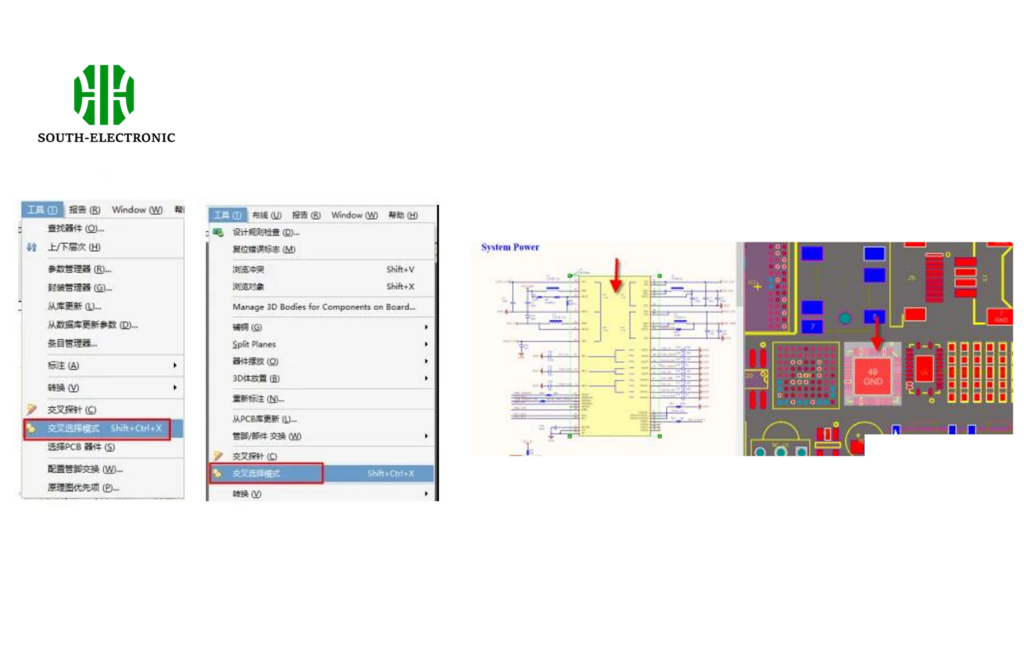
Modular layout
Here is a component arrangement function, that is, arranging in a rectangular area. In the early stage of layout, combined with the interaction of components, a bunch of messy components can be easily separated by modules and placed in a certain area.
- Select all the components of one module on the schematic diagram, and then all the components corresponding to the schematic diagram on the PCB are selected.
- Execute the menu command "Tools-Device Placement-Arrange in Rectangular Area".
- Select a range in a blank area on the PCB, and then the components of this functional module will be arranged within the selected range, as shown in the figure below. Using this function, all functional modules on the schematic diagram can be quickly divided into blocks.
Modular layout and interactive layout are inseparable. Using interactive layout, select all the components of the module on the schematic diagram, and arrange them one by one on the PCB. Next, you can further refine the layout of the IC, resistor, and diode. This is modular layout.
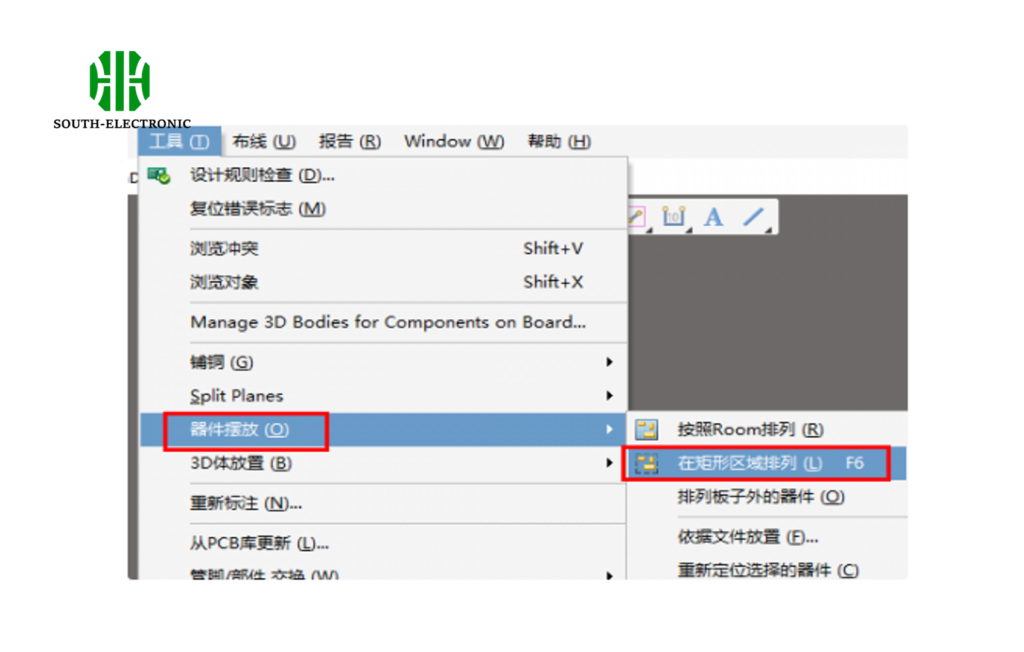
When making modular layouts, you can use the "Vertical Split" command to split the schematic editing interface and the PCB design interaction interface into two screens, as shown in the figure below. This makes it easier for us to view the view and quickly layout.
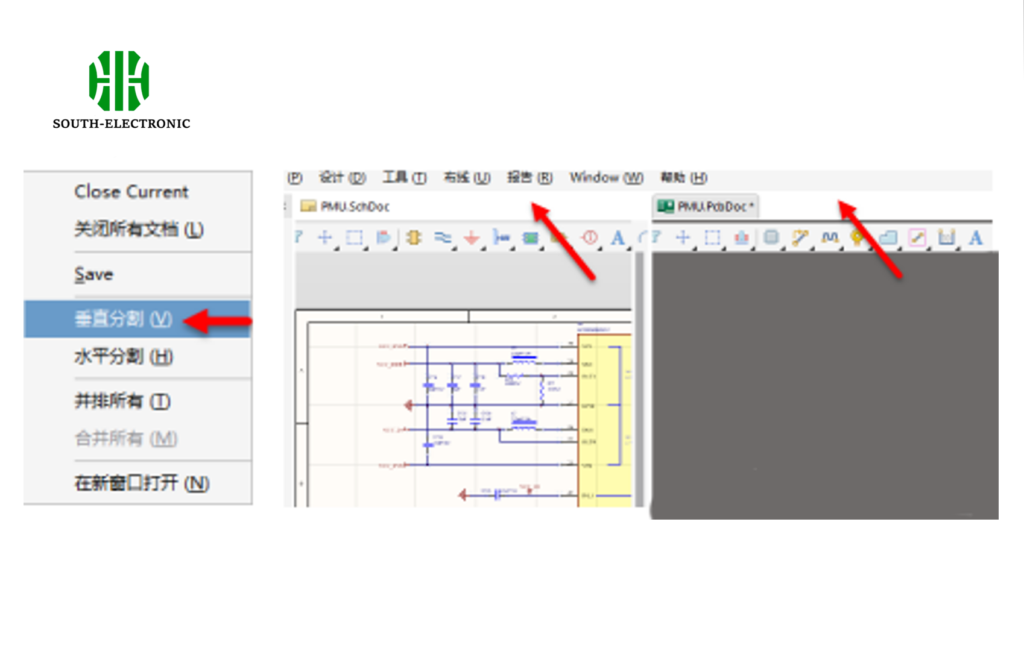
Summary
The modular layout process of multi-layer PCB design, from precise positioning of fixed components, two-way interaction between schematics and PCB to modular functional partition layout, improves efficiency through cross-selection and split-screen operation, and provides a structured method for engineers to quickly master high-density PCB design.

